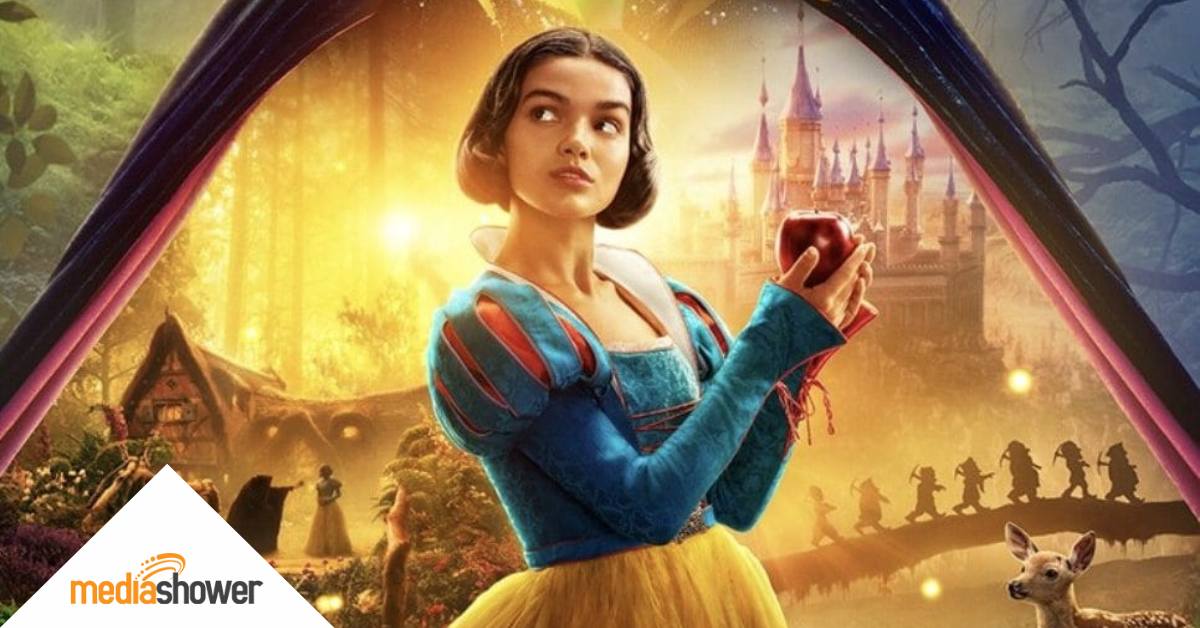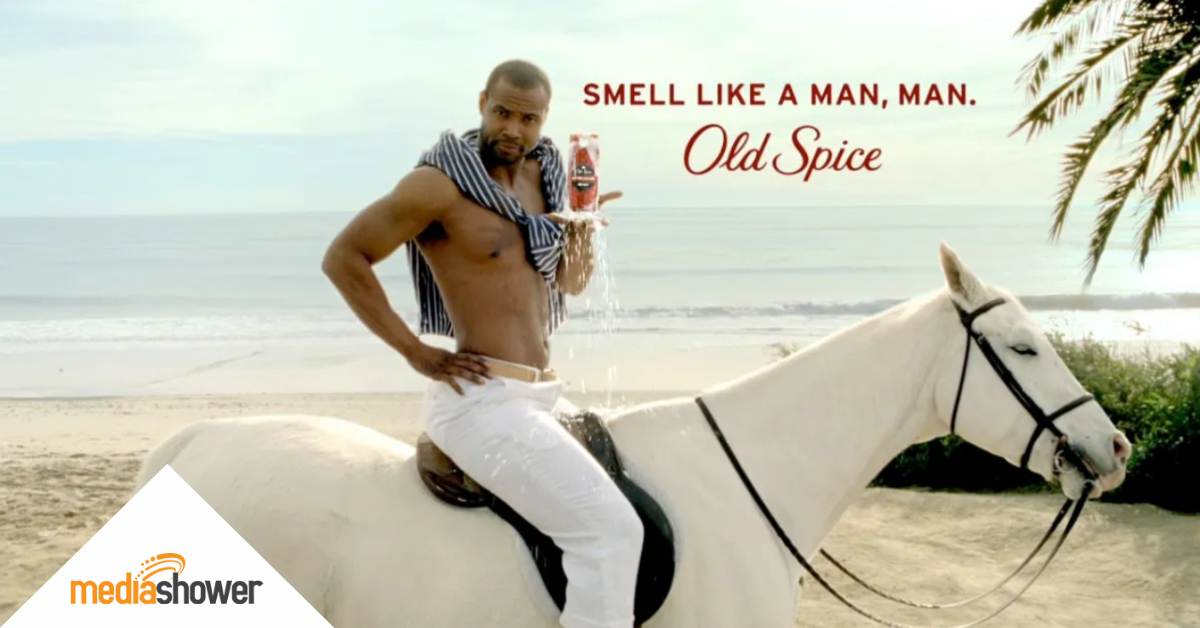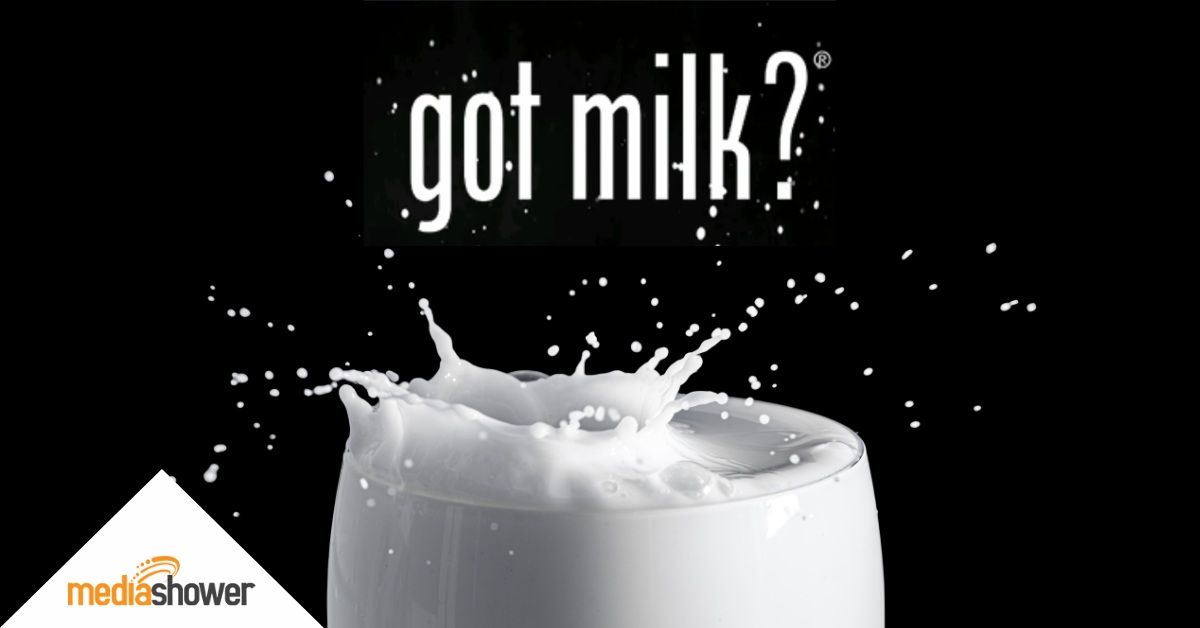
Quick Summary
- A tagline for the ages. “Got Milk?” became a pop-culture catchphrase with almost no context—and plenty of punch.
- Deprivation sells. The campaign flipped the script by focusing on what happens when milk is missing.
- From boring to iconic. Smart strategy and irresistible humor gave milk a much-needed boost.
It started with a mouthful of peanut butter and no milk in sight. “Got Milk?” took a forgettable grocery staple and transformed it into a cultural conversation starter. The campaign didn’t show people enjoying milk. Instead, it captured the agony of not having it when you need it most.
What began as a local push in California sparked a national wave of parody, praise, and pop-culture permanence. From celebrity milk mustaches to Saturday Night Live spoofs, “Got Milk?” became the ad world’s equivalent of a viral sensation—years before TikTok made that a thing.
Let’s take a closer look at how a two-word question changed the game for dairy marketing.
The original “Got Milk?” commercial.
Background
In the early 1990s, milk sales were slipping. People were buying less of it, drinking less of it, and barely noticing it. The California Milk Processor Board (CMPB) needed to re-energize interest in milk without sounding preachy.
They hired Goodby, Silverstein & Partners—an agency known for clever, emotionally grounded storytelling. The team zeroed in on a simple human truth: Nobody thinks about milk until it’s gone.
That insight became the foundation for one of the most successful campaigns in advertising history.
Campaign Overview
The first “Got Milk?” TV spot aired in 1993. It featured a history buff surrounded by Alexander Hamilton memorabilia. He receives a trivia call with $10,000 on the line—but his mouth is full of peanut butter, and there’s no milk to help him swallow. He fumbles the answer. The voiceover delivers the final blow: “Got Milk?”
It was short, dry (literally), and hilarious.
The ad ran only in California, but it sparked national attention almost overnight. CMPB followed up with more scenarios of milk deprivation: dry cereal disasters, cookie catastrophes, late-night fridge raids gone wrong.
In 1995, the National “Milk Mustache” campaign launched using the same tagline. Suddenly, A-listers were lining up to sport a dairy ‘stache—from Serena Williams to Kermit the Frog.
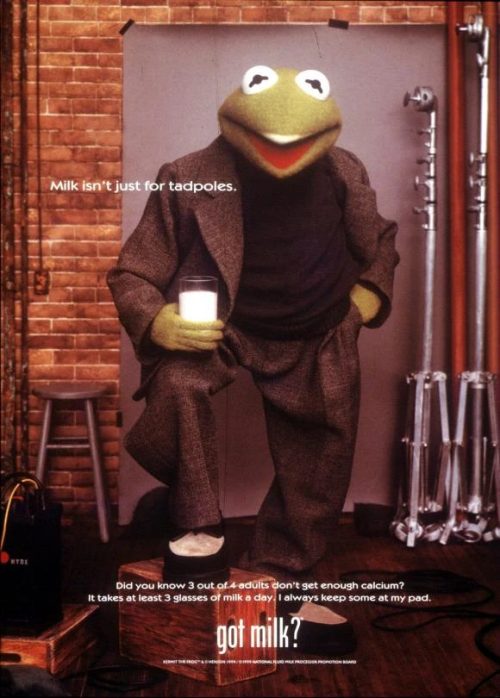
Key Success Factors
A fresh spin on FOMO
Rather than bragging about benefits, the ads showed the awkward, frustrating, even tragic moments that come from not having milk. This clever reversal tapped into craving and scarcity psychology with pinpoint precision.
Tagline simplicity
Two words, endless impact. “Got Milk?” didn’t need a hard sell. It asked a question so relatable that it echoed through popular culture for decades.
Comedic timing
The original ads walked a fine line between absurd and relatable. Whether it was a kid sobbing over dry cereal or a historical trivia fail, the humor was dry, witty, and incredibly effective.
Cultural scale
When the celebrity print campaign launched nationally, it exploded. Athletes, actors, cartoon characters—everyone wore the milk mustache. It made milk aspirational without trying too hard.
Market lift
The campaign helped halt a years-long decline in California’s milk sales and even sparked a short-term increase. More importantly, it got people talking about milk again.
1995 “Got Milk?” Baby commercial.
Innovative Elements
Negative framing as a positive hook
Few brands would dare highlight the absence of their product, but “Got Milk?” did just that. Instead of the more typical satisfaction, the emotional anchor was frustration. The genius was in flipping the frame.
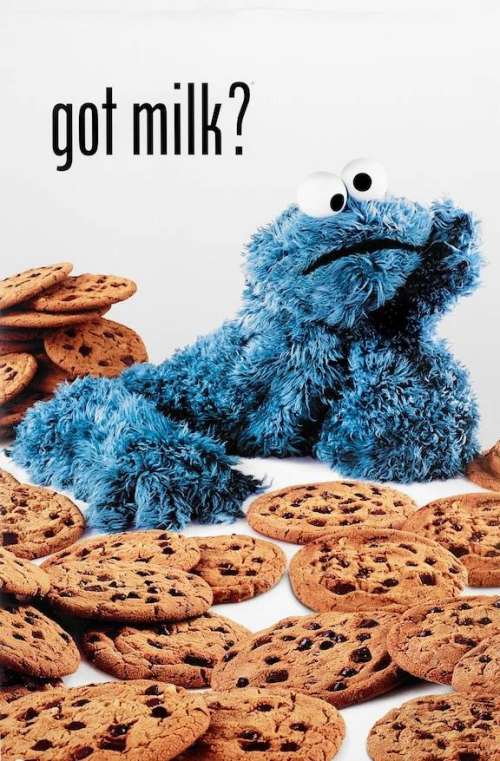
Unified message, different executions
California ran the quirky TV spots. Nationally, the milk mustache print ads brought celebrity buzz. Both used the same tagline. The consistency made it sticky (like the peanut butter), even though the tone and platforms were wildly different.
2013 “Got Milk?” Milk Mustache Superbowl commercial featuring “The Rock.”
Built-in remix potential
“Got Milk?” was tailor-made for parody and adaptation. Over the years, it evolved into “Got Game?”, “Got Sleep?”, “Got Votes?”—each a free boost for the original. It entered the cultural bloodstream and never really left.
2023 Wood Milk “Got Milk?” commercial.
Impact and Results
- Adweek’s Campaign of the Decade in the 1990s.
- 7% bump in California milk sales during the first year.
- 300+ celebrity ads in the national milk mustache series.
- Millions in earned media value and countless pop culture shoutouts.
- Clio Hall of Fame induction for the “Aaron Burr” ad, directed by Michael Bay.
The campaign stayed fresh for decades. Even in 2020, it was reborn as a TikTok campaign with the hashtag #gotmilkchallenge—because a good idea doesn’t expire.
Marketer Takeaways
- Create emotional urgency. Sometimes, the best way to sell a product is to show what life looks like without it.
- Keep it short, keep it sticky. A tight, punchy tagline can carry an entire campaign when it nails the vibe.
- Funny equals memorable. Humor doesn’t just entertain—it embeds your message in people’s brains.
- Stay consistent across channels. The TV spots and print ads told the same story in different ways, reinforcing the message from every angle.
Media Shower’s marketing platform helps you build award-winning ad campaigns. Click for a free trial.
